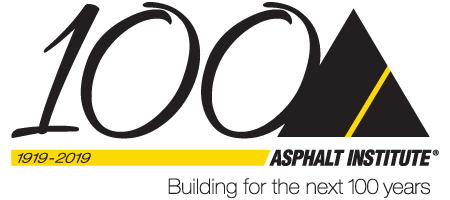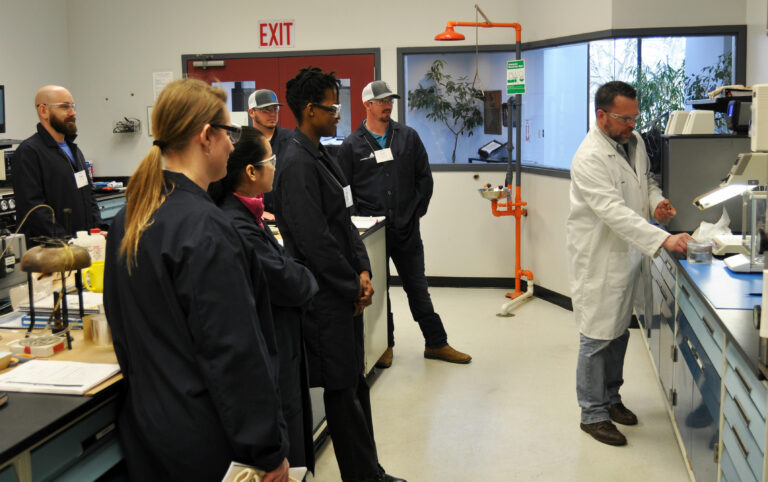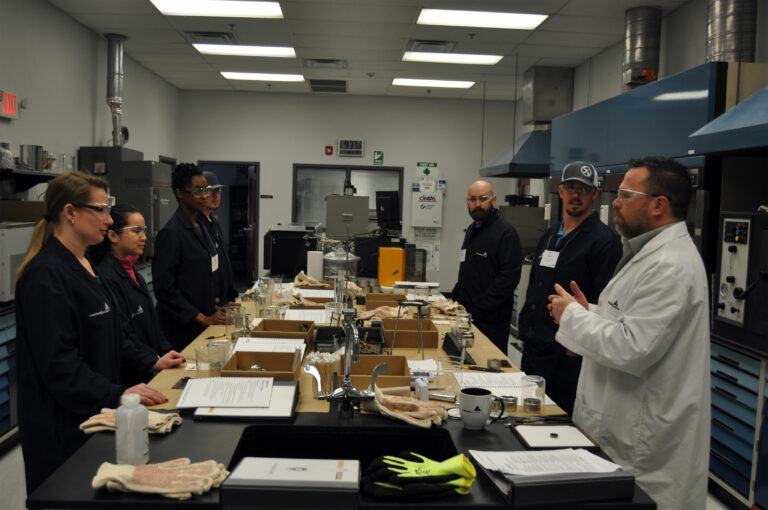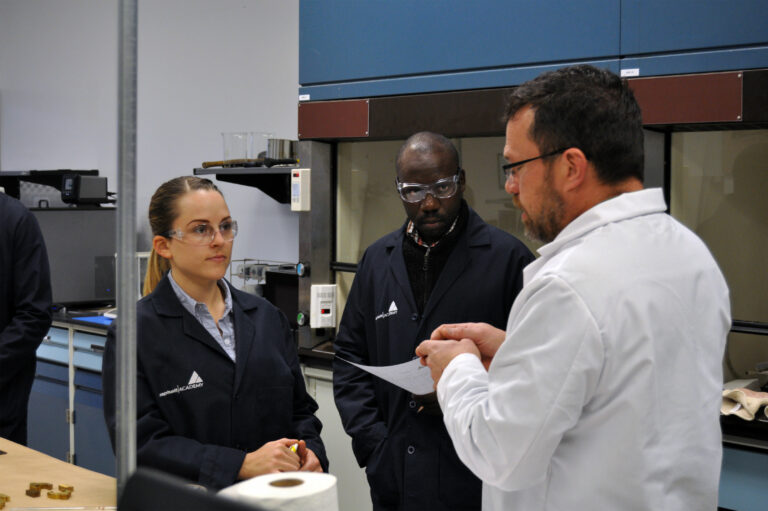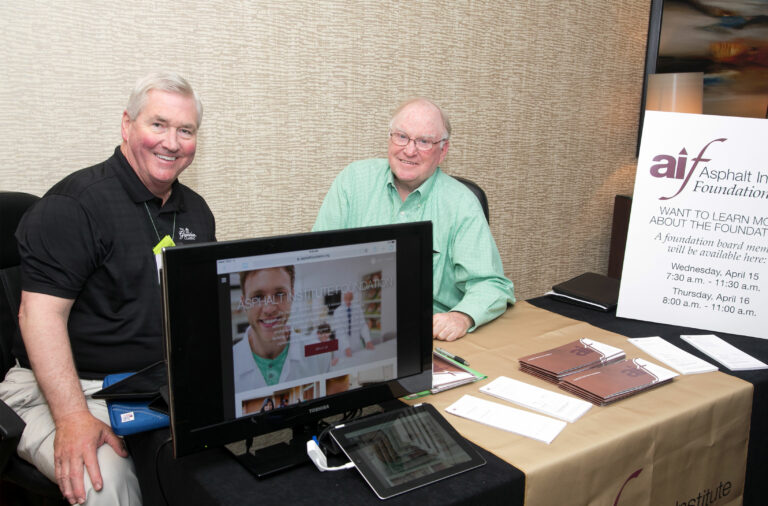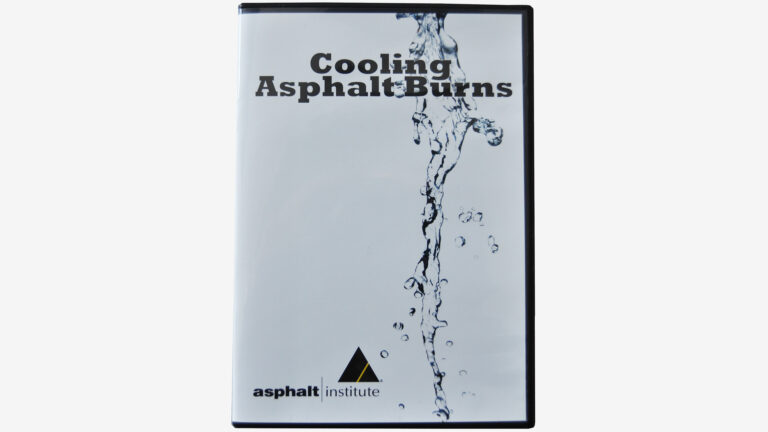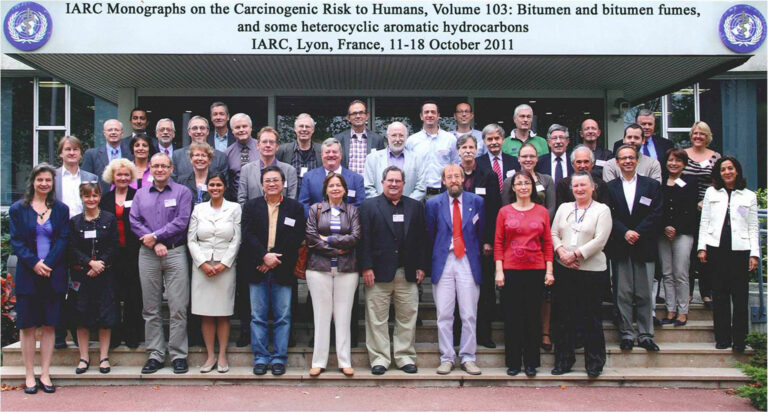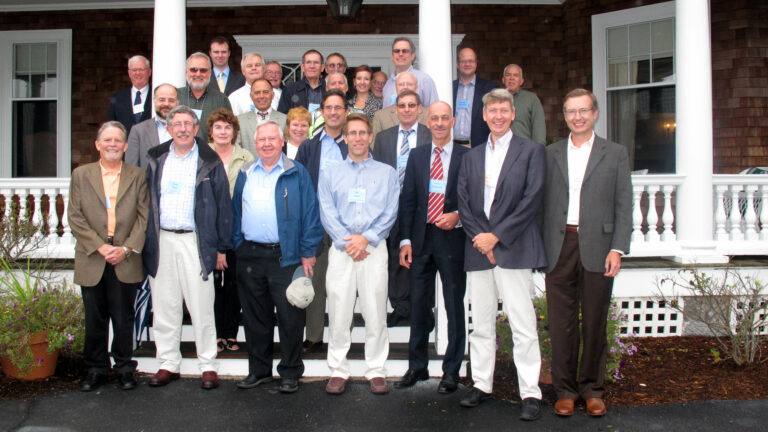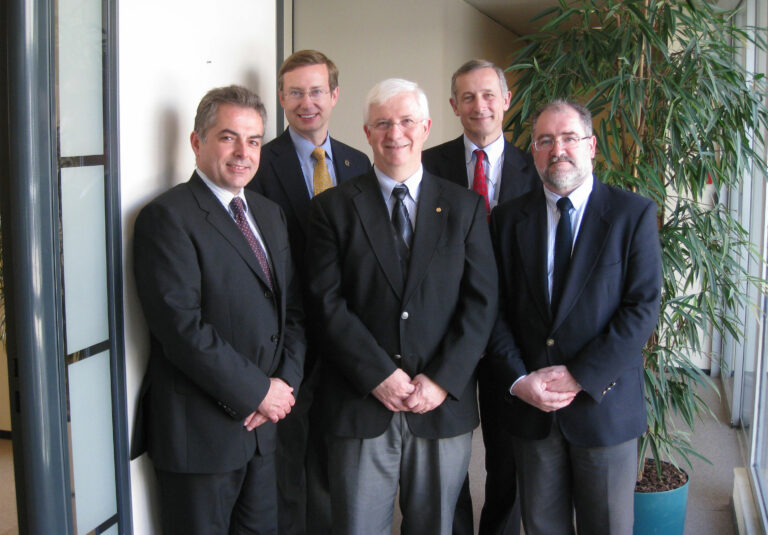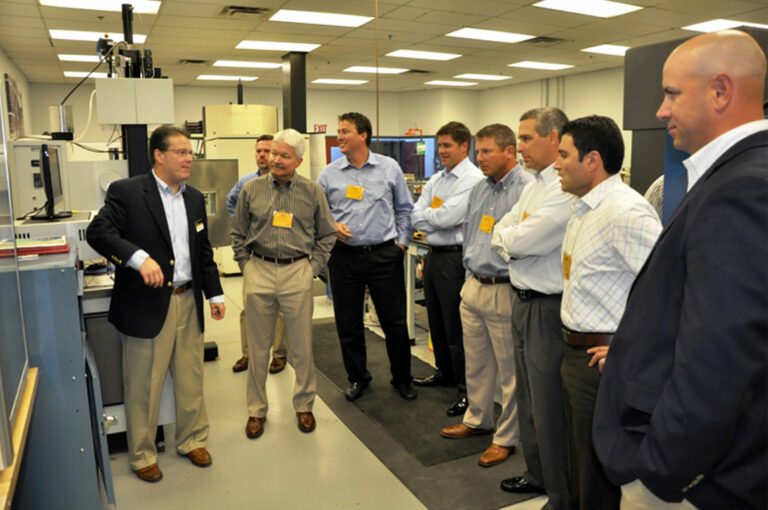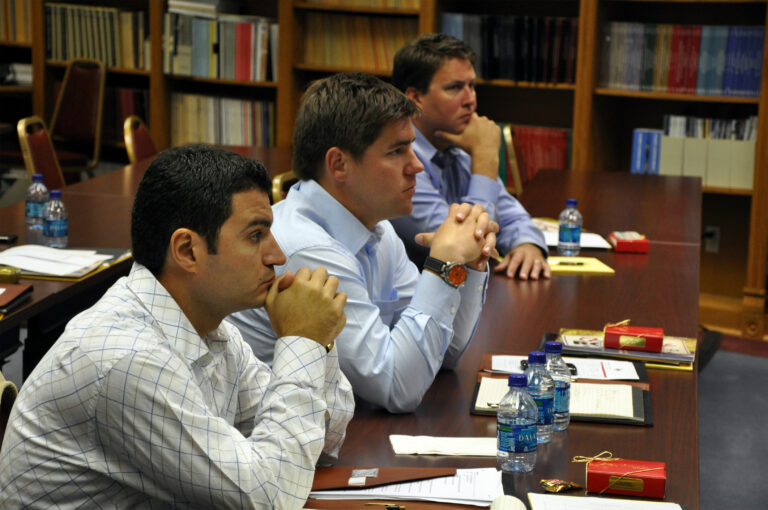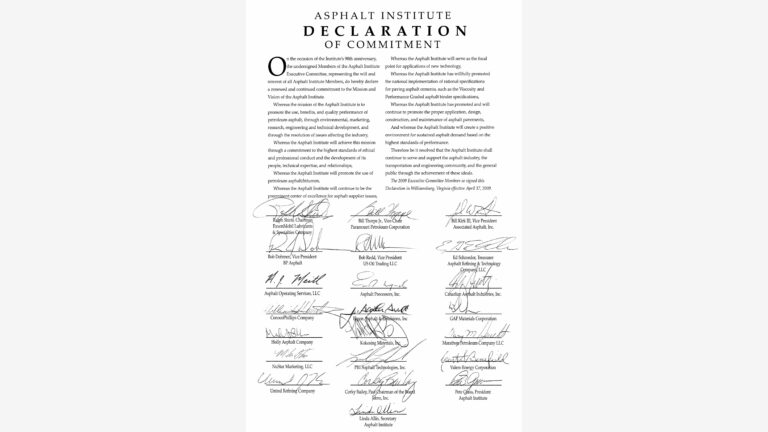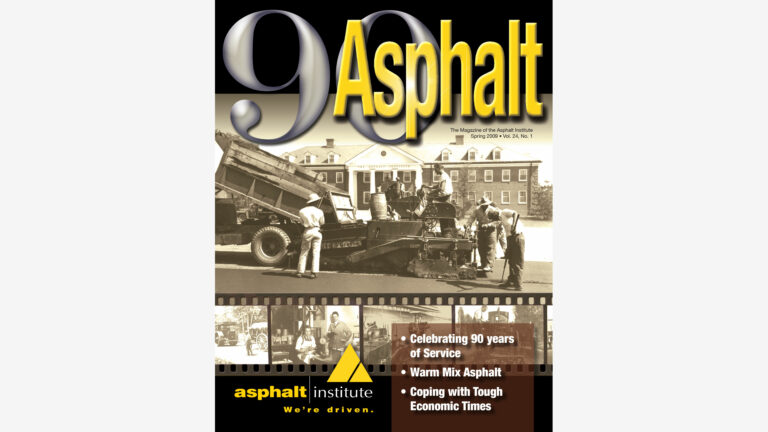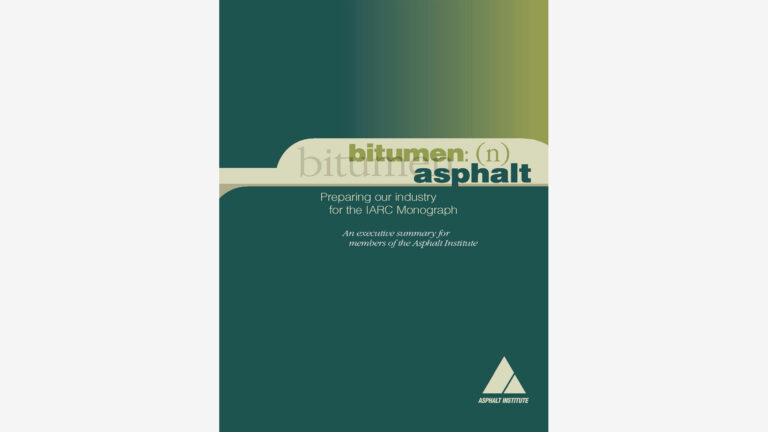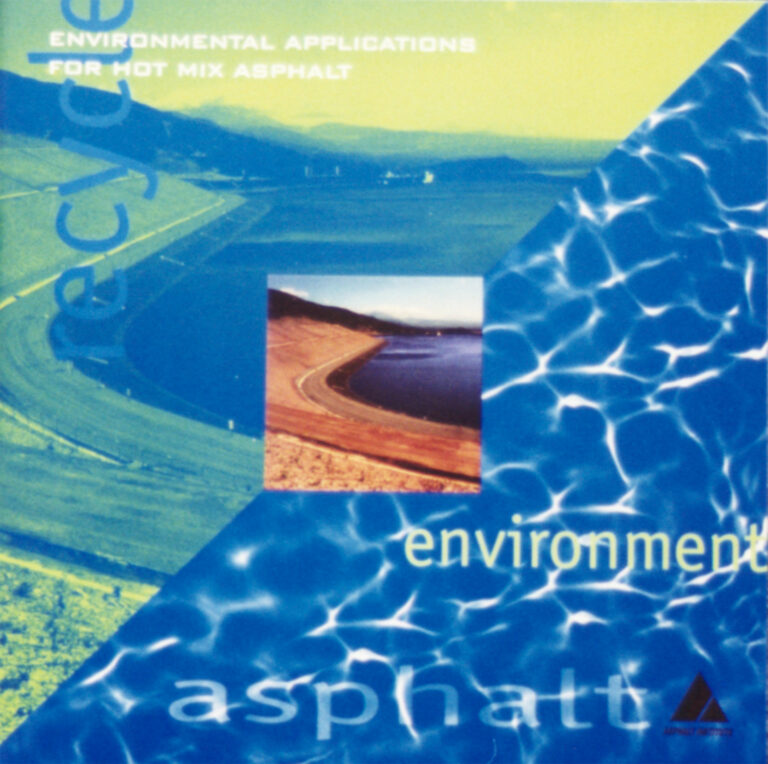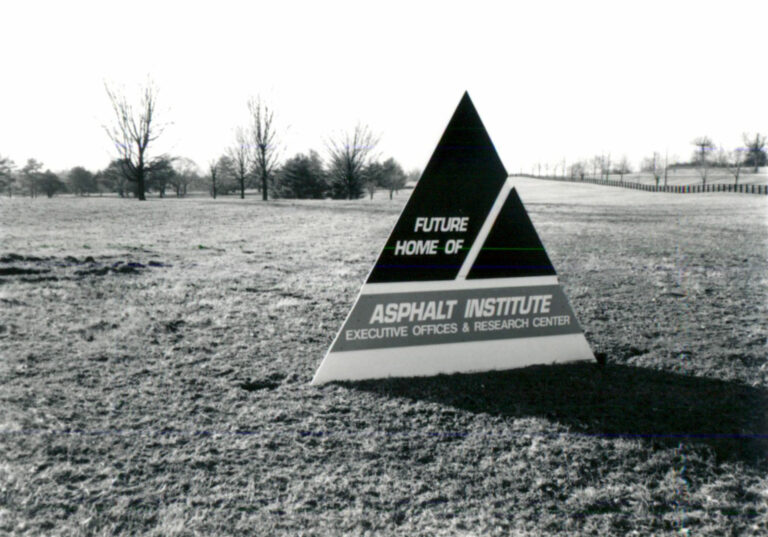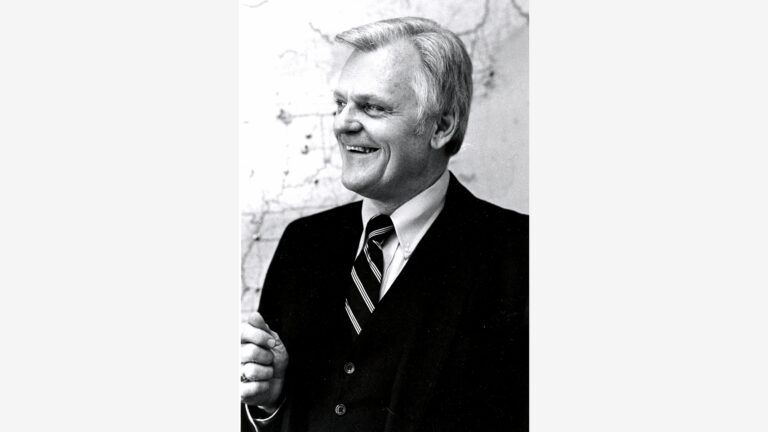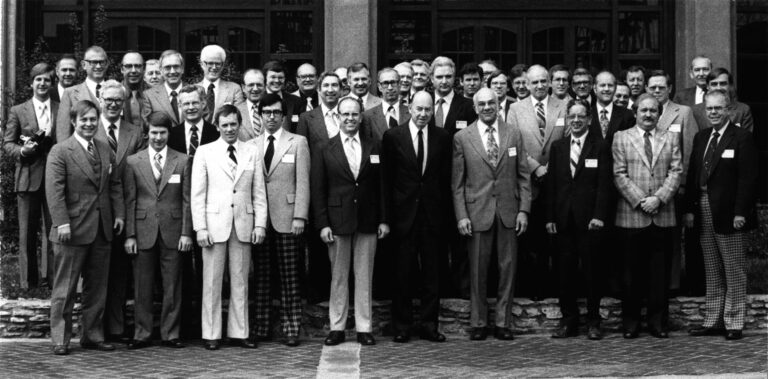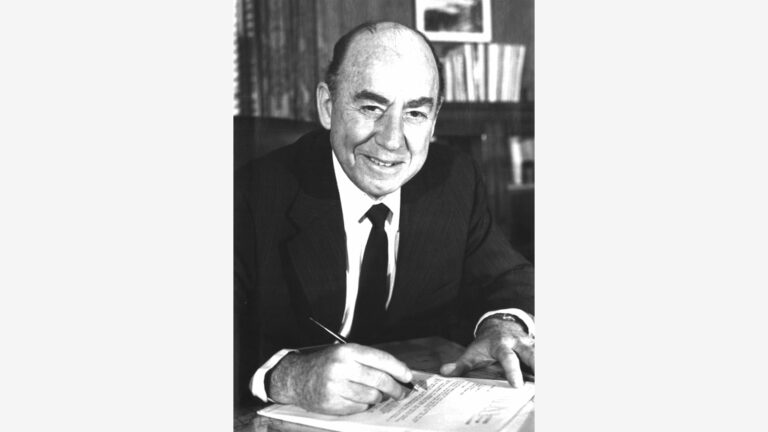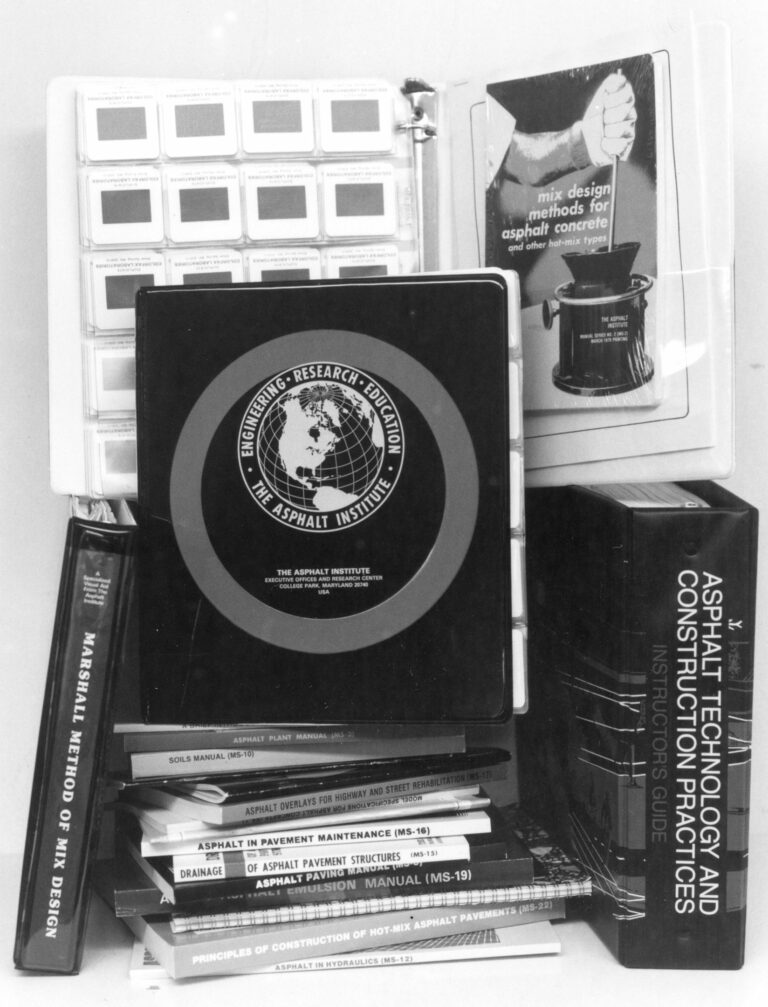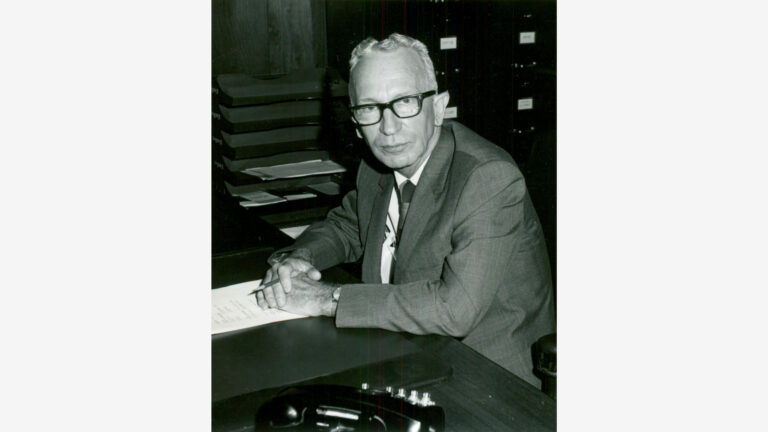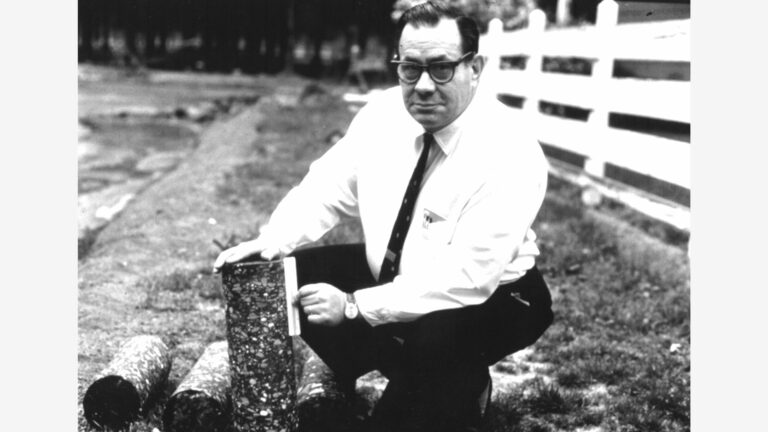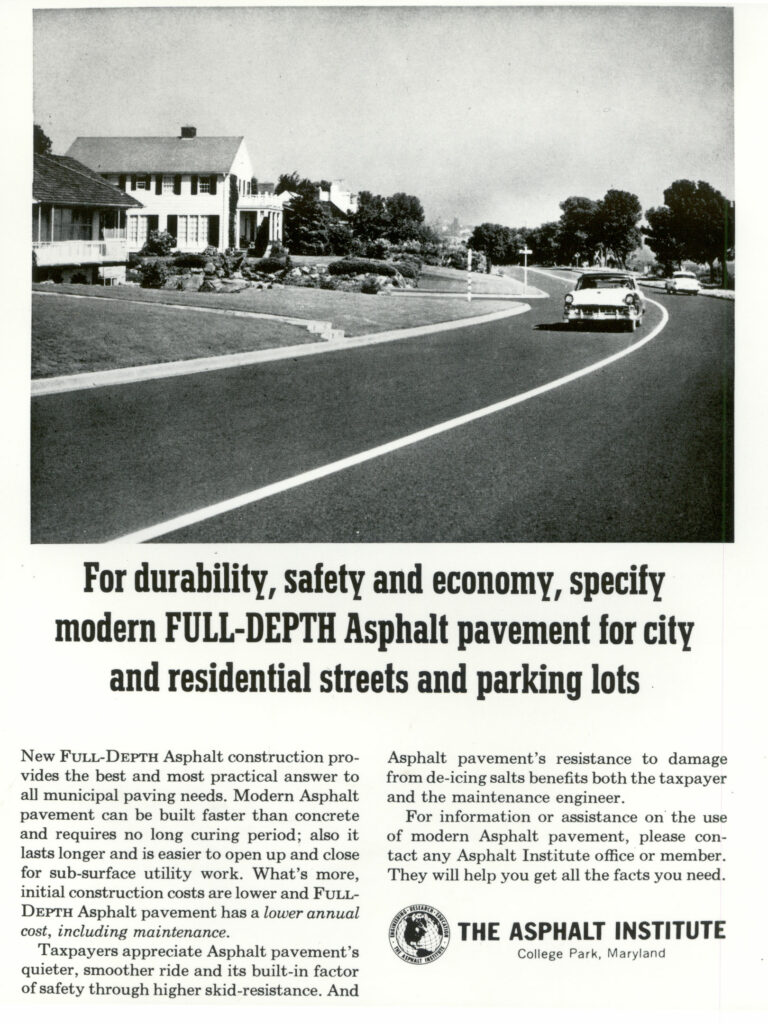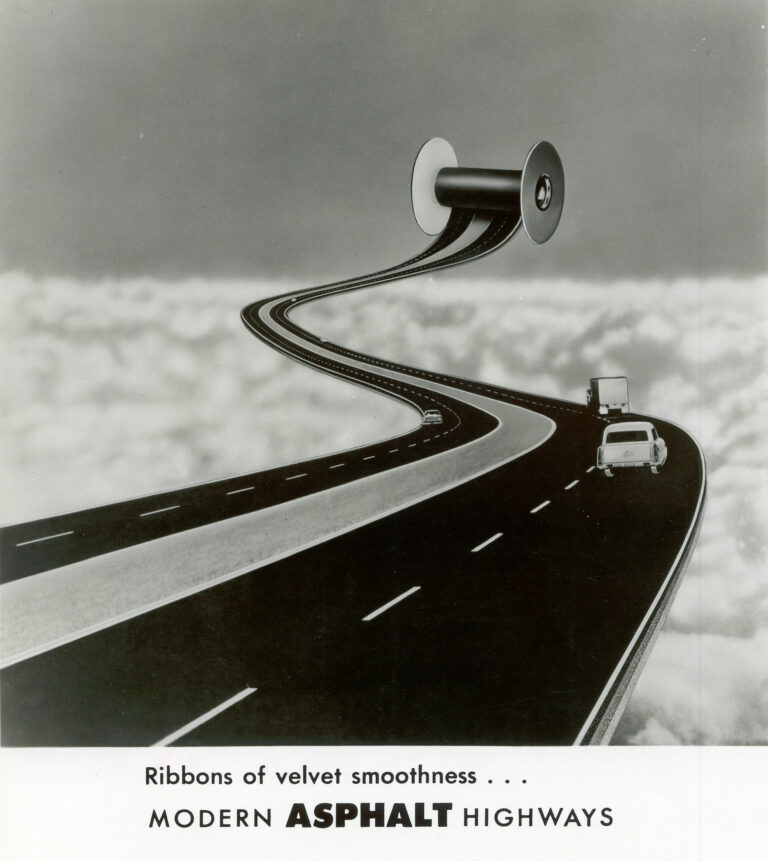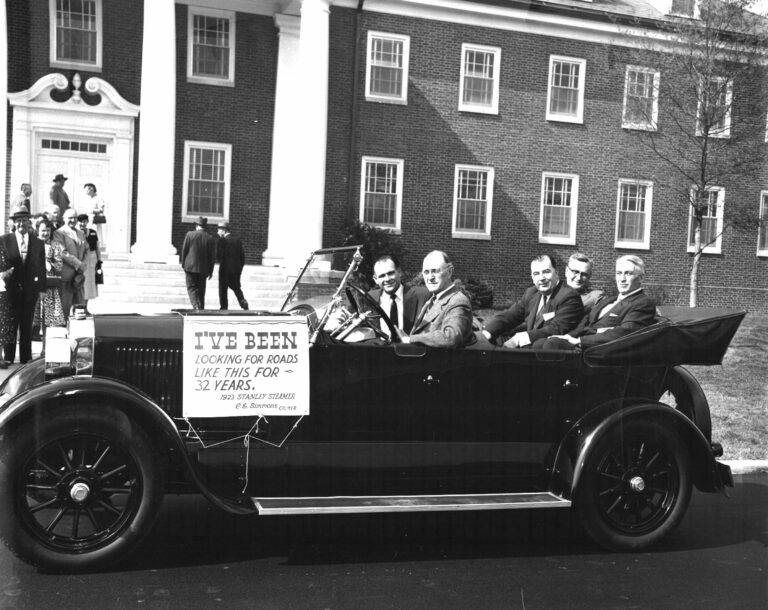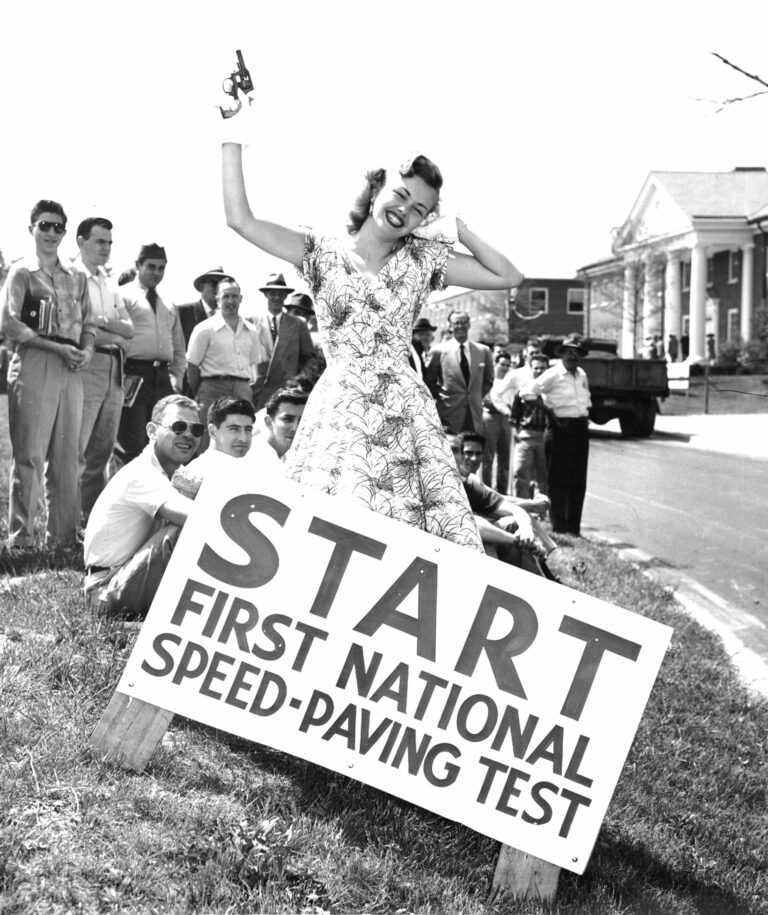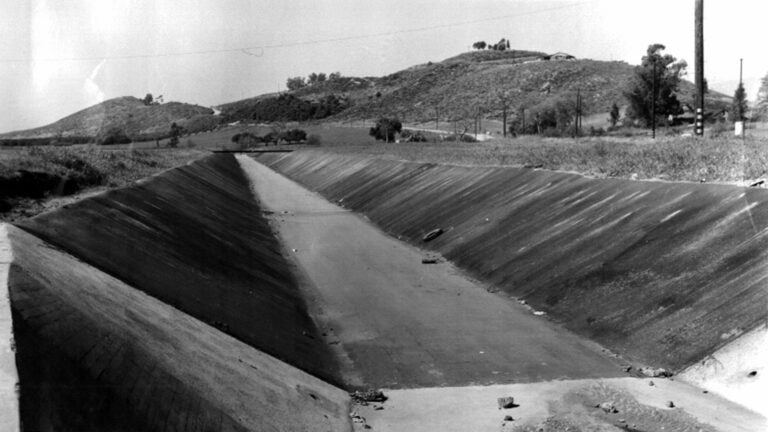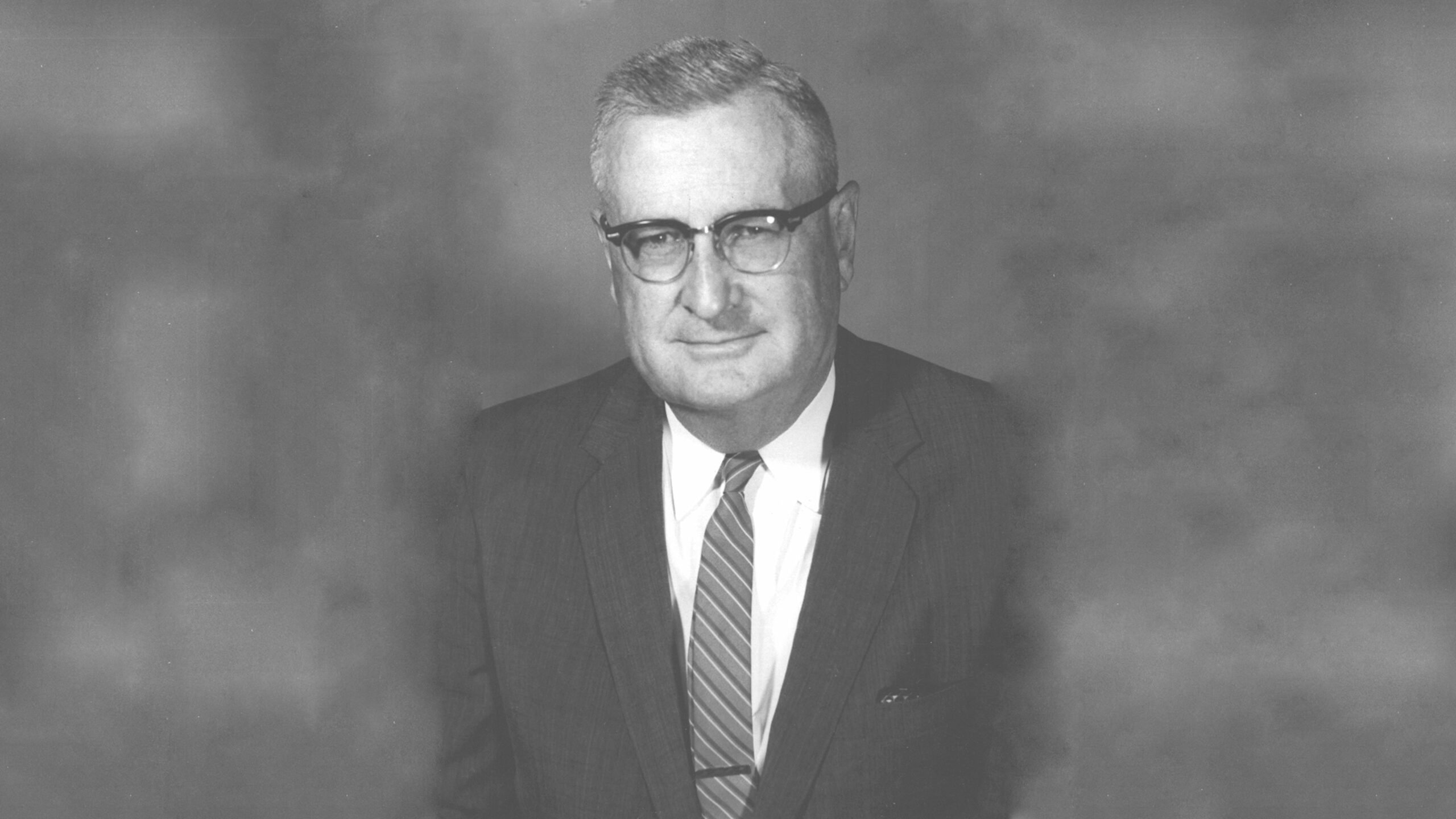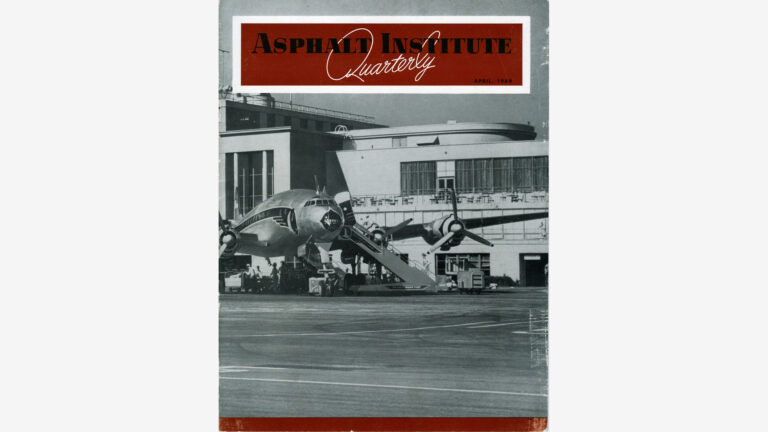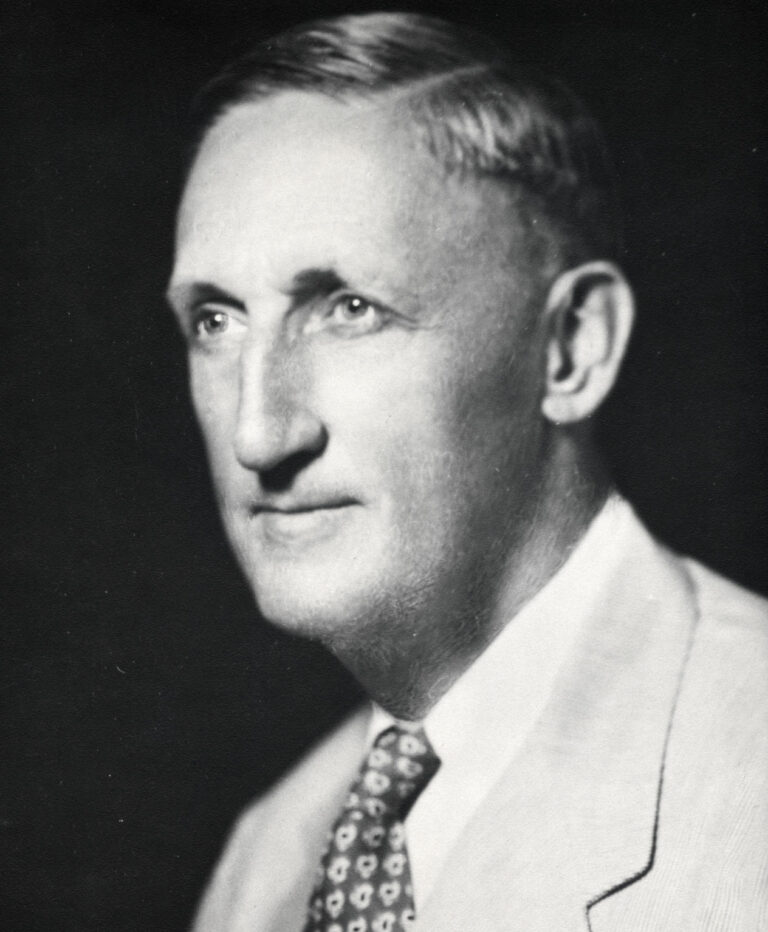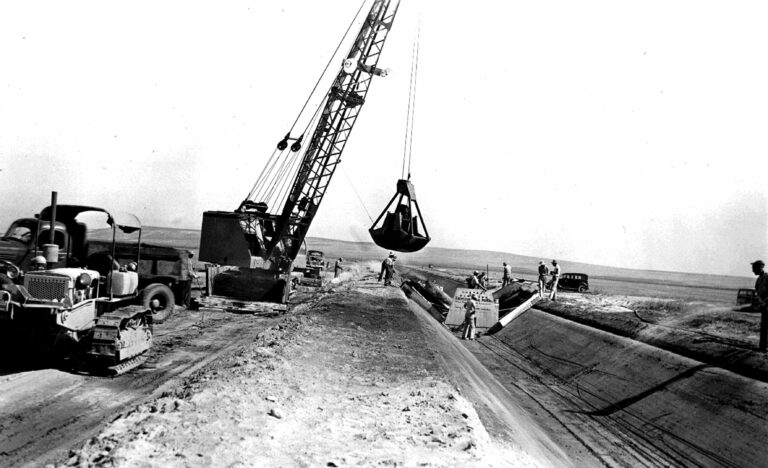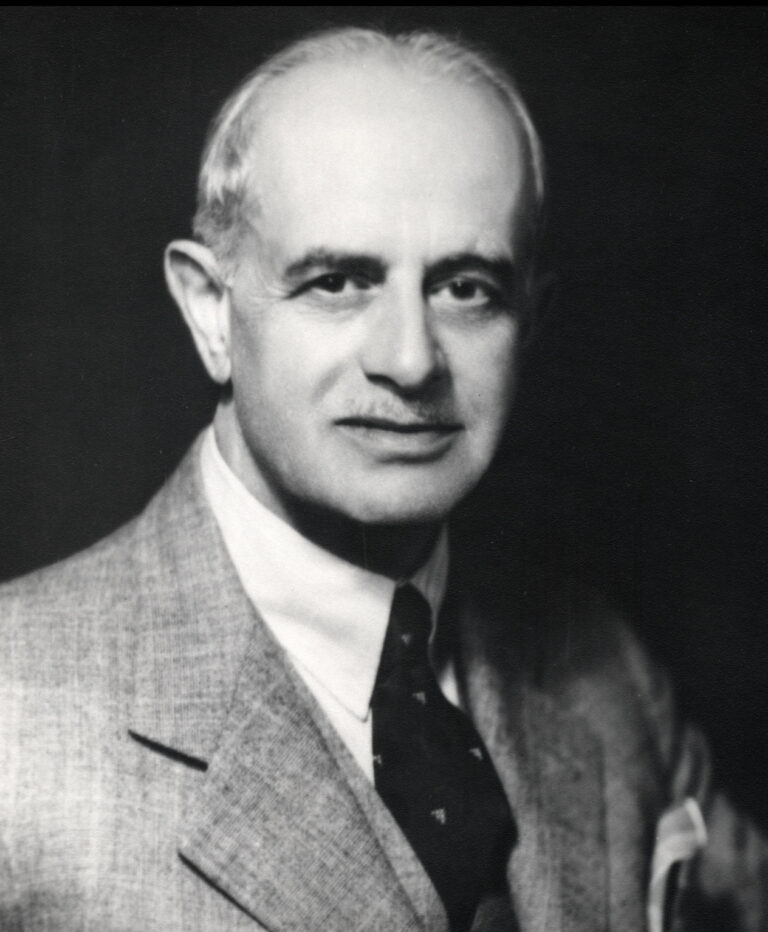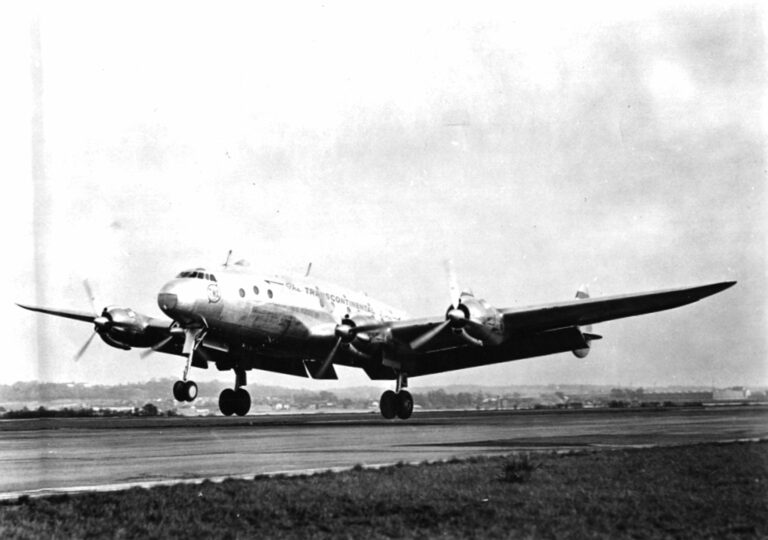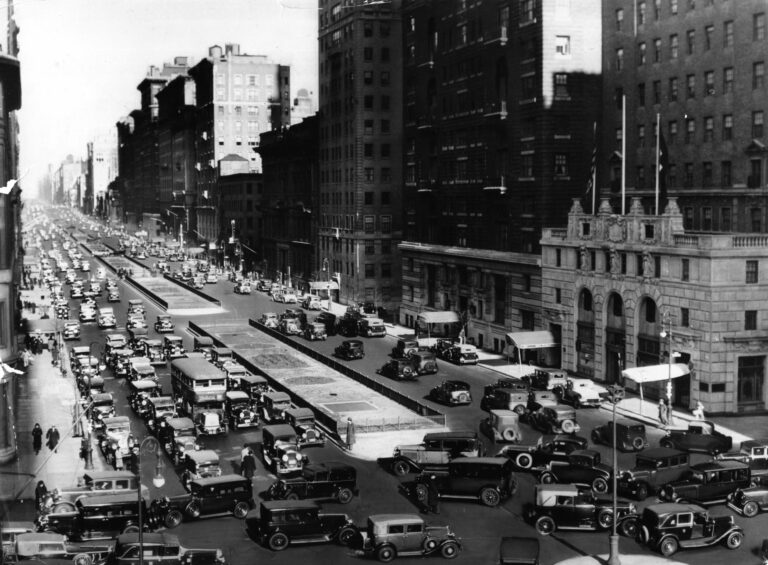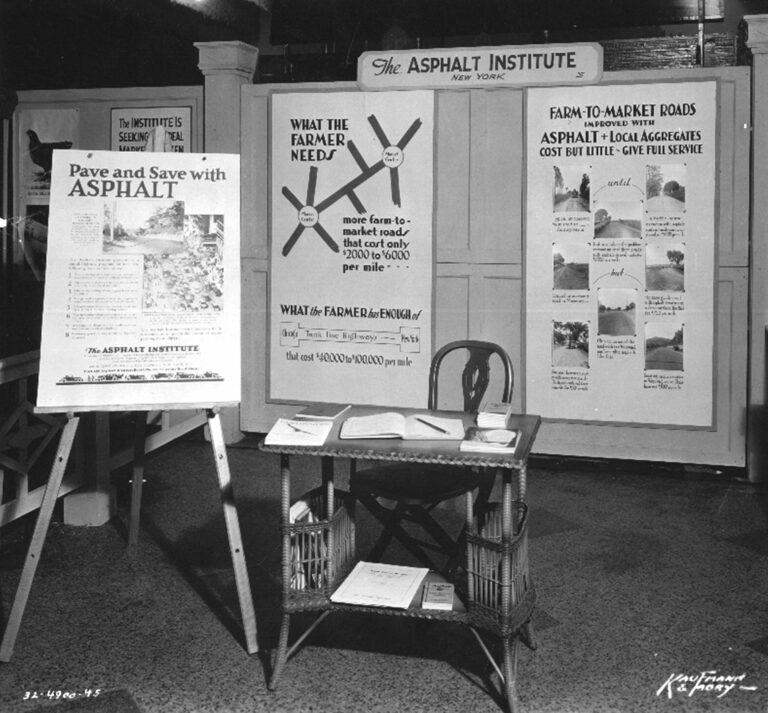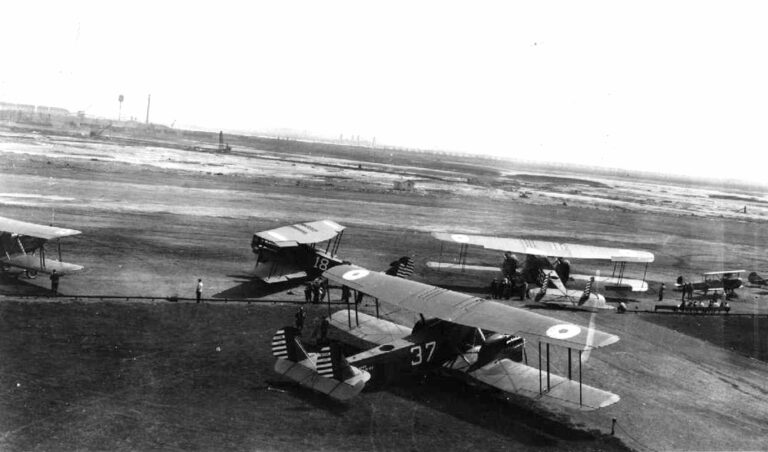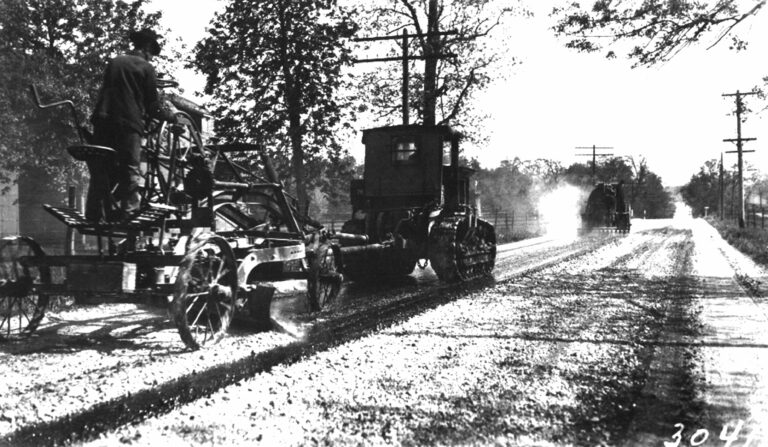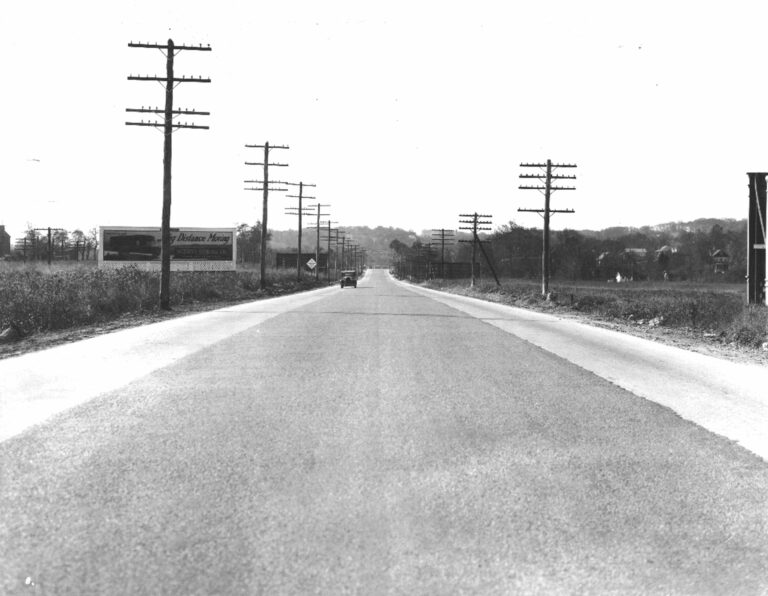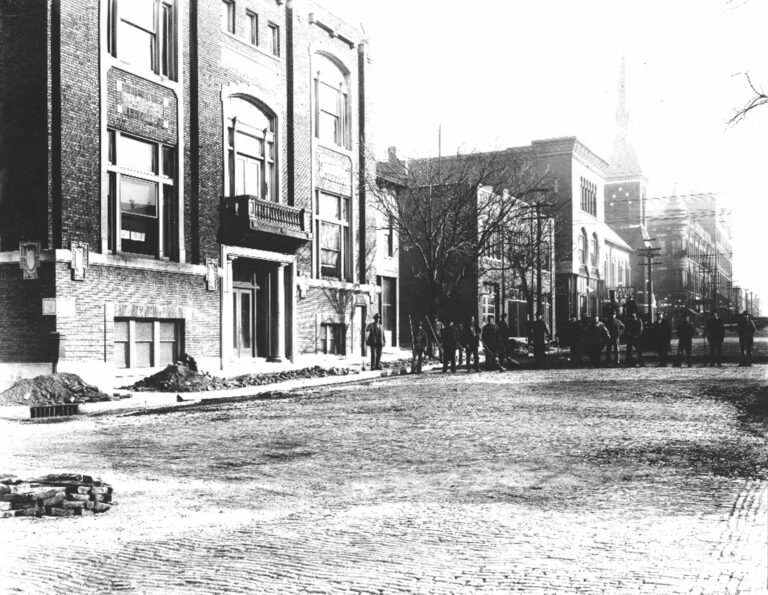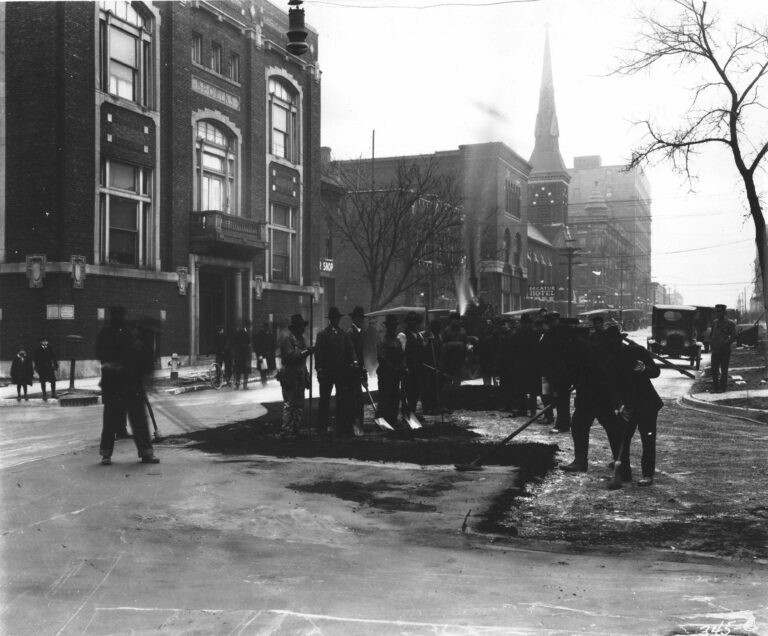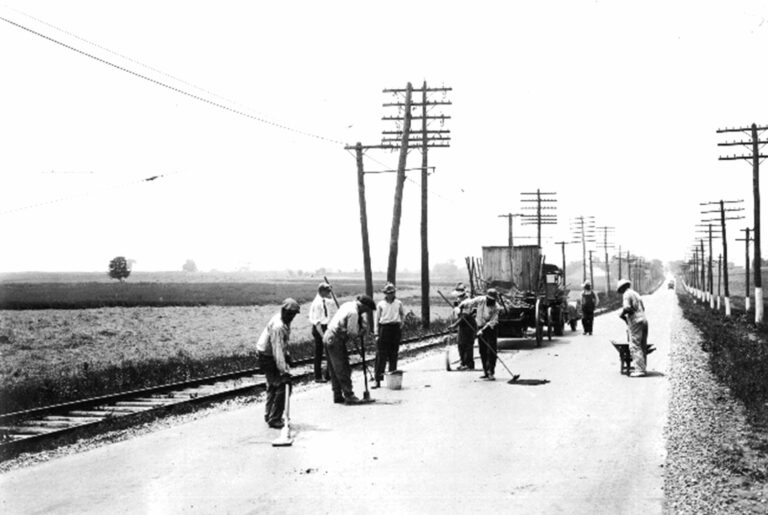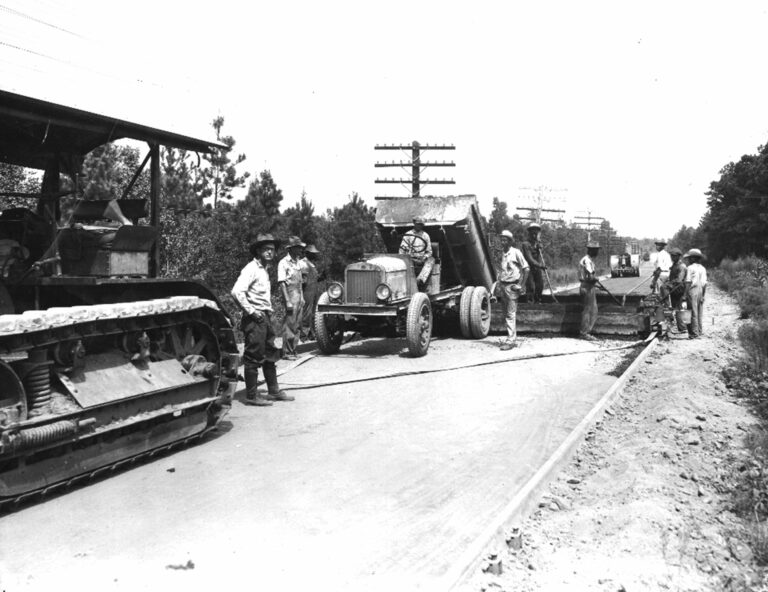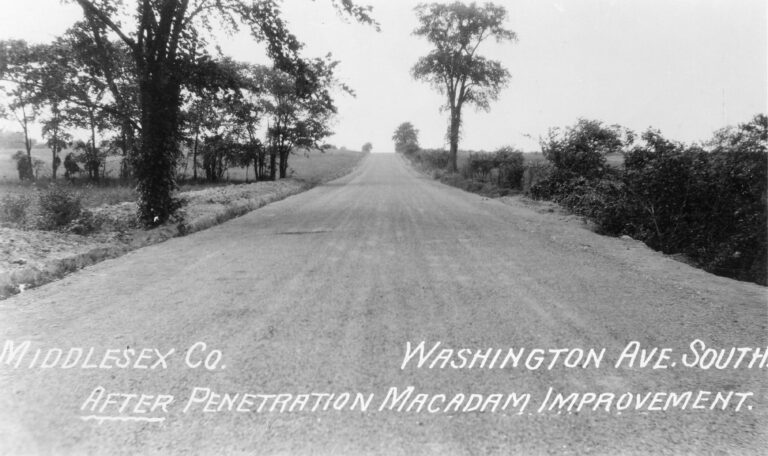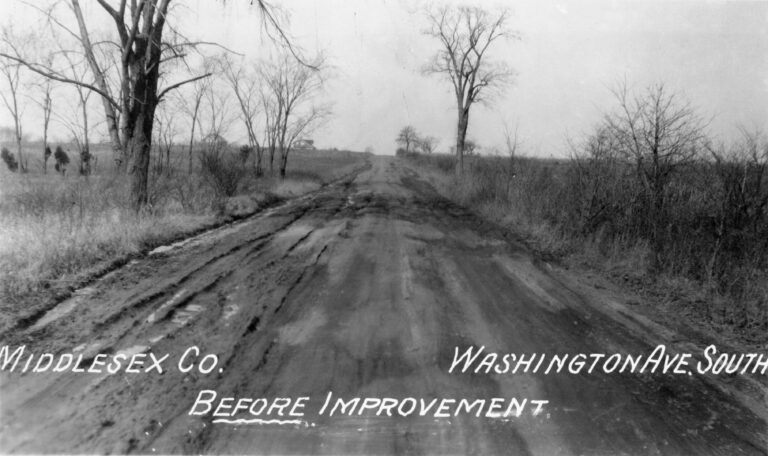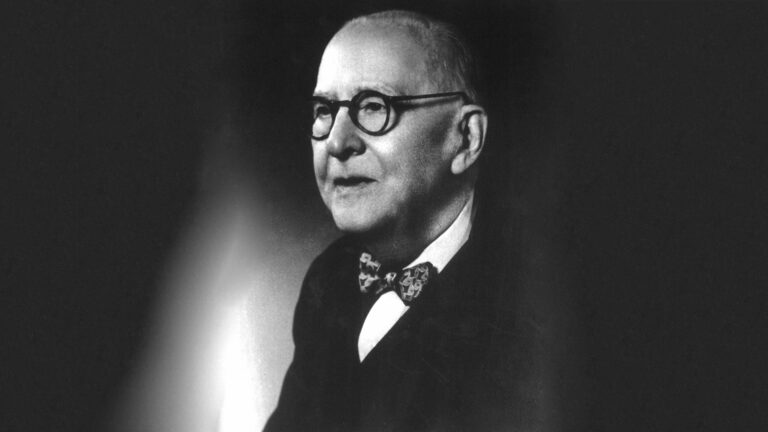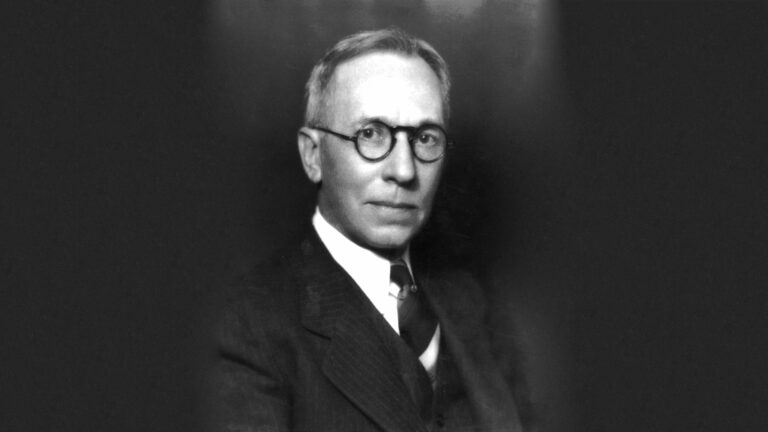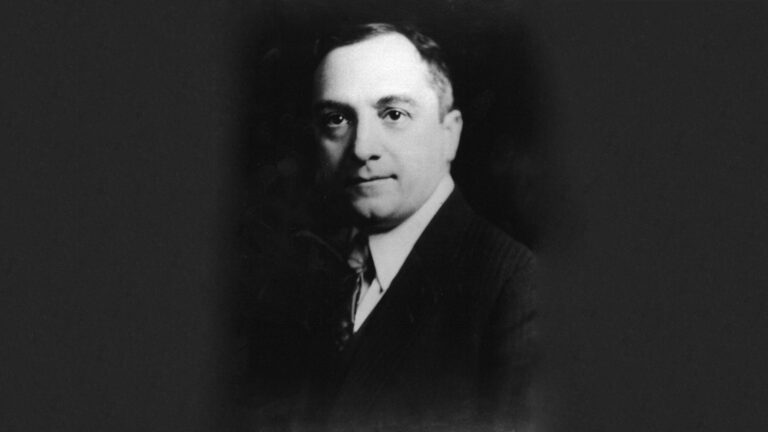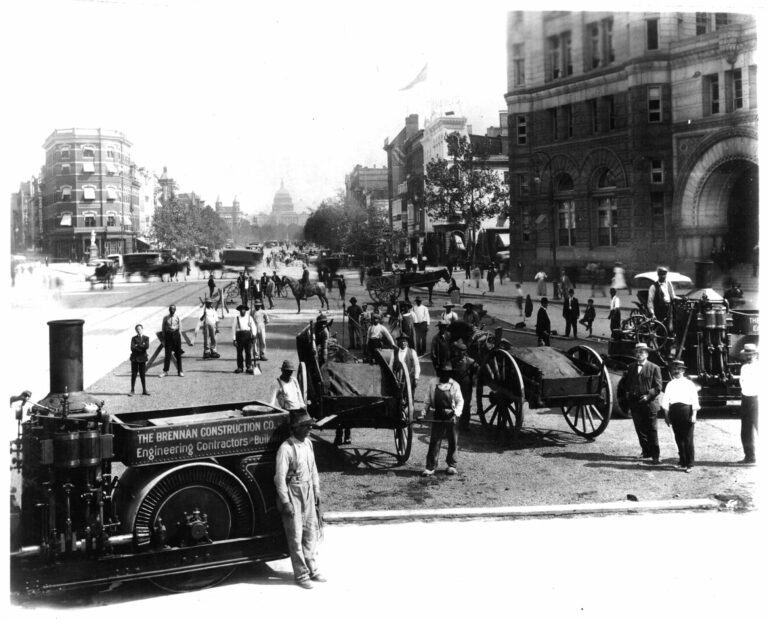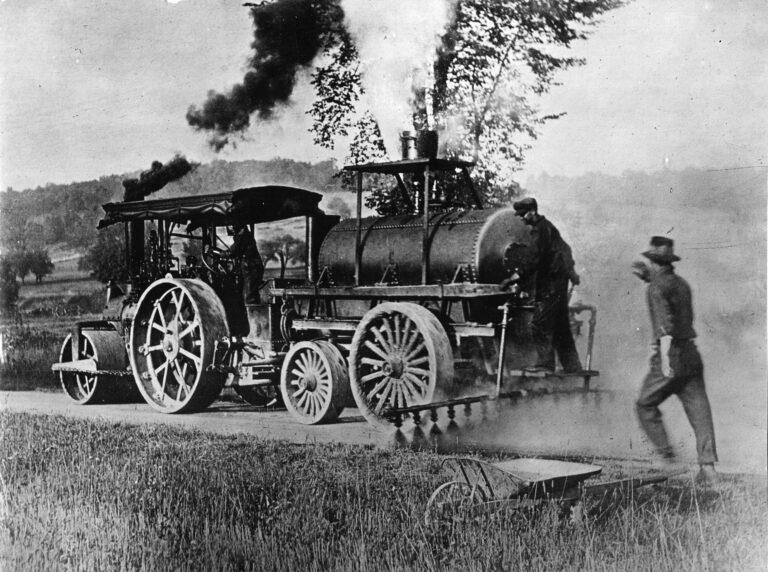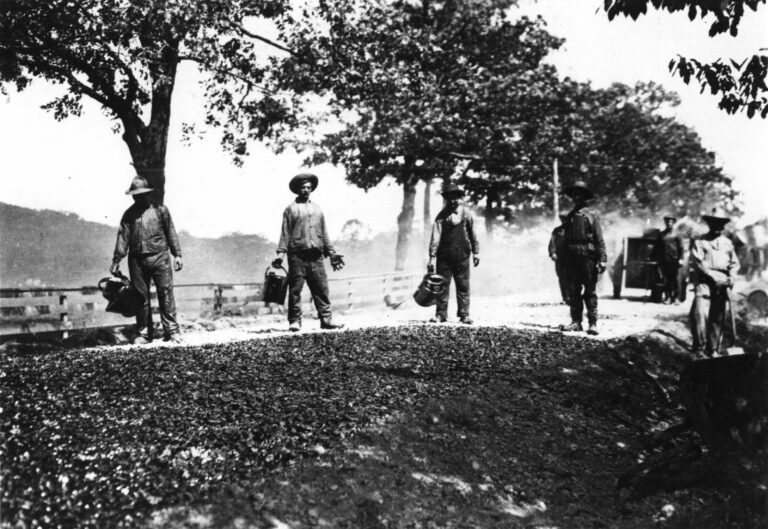Our History
The International Agency for Research on Cancer in Lyon, France announced that monograph 103, scheduled for October of 2011, would focus on a review of the carcinogenicity potential of bitumen and bitumen fume.
Preparations for the expected IARC review of the health effects of asphalt fumes on workers reached an important benchmark. Enabled by the formation of the IARC Preparation Steering Committee, representing not less than ten associations from around the world, there was unprecedented coordination for this signature industry event.
The Asphalt Institute and the National Asphalt Pavement Association partner to form the Asphalt Pavement Alliance (APA).
The Asphalt Institute launches the National Asphalt Training Center (NATC). The NATC was funded by the FHWA and functioned as the primary facility for training agency and industry personnel in Superpave technology.
The Asphalt Institute moved to it’s new Executive Offices and Research Center in Lexington, KY.
Wallace G. Wilkinson, Governor of the Commonwealth of KY and Gerald S. Triplett, President of the Asphalt Institute jointly announced that the Board of Directors of the Asphalt Institute, at their meeting in Boston, Massachusetts, selected the University of Kentucky at Lexington as its new headquarters site.
An active search is underway for the future AI headquarters. The Asphalt Institute Board of Directors receive presentations by University representatives from the University of Kentucky, University of Texas-Austin, Purdue University, Texas A&M and the University of Maryland Baltimore County.
The Strategic Highway Research Program (SHRP) was established by the U.S. Congress to improve the performance and durability of roads. SuperPave (Superior Performing Asphalt Pavements) was a $50 million product of the SHRP effort.
Forty-five workshops dealing with Asphalt Emulsion were held. Demand for the subject continued and was met with publications and the Institute’s 1980 Motion Picture, Asphalt Emulsion Spray Applications.
After the Clean Air Act was passed, the Asphalt Institute along with the Federal Highway Administration and the Asphalt Emulsion Manufacturers Association developed the Basic Asphalt Emulsion Manual and a series of regional workshops designed to train state and county road personnel in the proper use of asphalt emulsions.
The institute teamed with Northwestern University’s Traffic Institute to develop and present week-long workshops on the 3-R program – resurfacing, restoration and rehabilitation.
The institute’s Pacific Coast division developed a comprehensive recycling manual and the field engineers began to promote recycling.
The Asphalt Institute develops the viscosity grading system that changed the specification system from traditional penetration grading to one based on a more fundamental property – viscosity. Leading this change were V.P. Puzinauskas, principal research and chemical engineer for the institute and Luke Corbett of Exxon Corporation’s research division.
With the recession came financial problems for the Interstate System, but the institute field engineers took the opportunity to tell state highway departments about the cost advantages and ease of constructing asphalt pavements, which paid off almost doubling sales from 1950 to 1959.
With the Highway Act of 1956 that launched the Interstate System, the Asphalt Institute worked diligently to promote the use of asphalt over concrete. The national advertising campaign portraying the advantages of asphalt pavement were placed in publications including Engineering News Record, The Saturday Evening Post, Life, Good Housekeeping and The Wall Street Journal to educate the American public.
The Asphalt Institute moved its headquarters from New York City to the University of Maryland campus in College Park.
Consulting engineers for the first-ever turnpike turned to the Asphalt Institute and E.M. Howard, District Engineer in Boston, to garner the expertise on materials and sound engineering practices to construct the turnpike in Maine completely with asphalt.
The Asphalt Institute Board of Directors consolidated the field engineers and districts under five divisions – the Atlantic and Gulf Coast states; the Ohio Valley; the Great Lakes and Midwest; the Southwest; and the Pacific Coast, Alaska and Hawaii.
Fourteen non-member companies were invited to a meeting in Kansas and twelve joined the institute.
The Asphalt Institute opens an office in Washington, D.C.
The Corps of Engineers asked the Asphalt Institute to develop an asphalt mix with local sand and filler to stabilize large voids in the Galveston, Texas jetty and make it permeable. This process resulted in numerous stabilization projects with asphalt including a sea wall in Holland.
Low cost road construction increased significantly with the continued promotion and distribution of specification booklets written by Prevost Hubbard with the Asphalt Institute. State highway engineers benefited from this information to learn the proper technical methods for their road construction.
At the Board of Directors meeting, J.E. Pennybacker announced that five Pacific Coast companies had joined the institute, which called for a new Pacific Coast office to open in San Francisco in early 1932.
The Asphalt Institute provided an open forum where state highway engineers could discuss techniques and find information about the proper uses of asphalt. Between 1930 and 1937, the institute published 155 booklets and pamphlets on asphalt.
The Asphalt Association closed its doors on December 31, 1929 and dissolved all membership except the asphalt producers. It re-opened the next day as the Asphalt Institute to carry the mission of providing sound technical, engineering, educational and scientific information to state and local engineers building the roads.
The Asphalt Association partnered with the American Farm Bureau Federation and contributed $100,000 for a campaign to inform the American people about benefits of upgrading the nation’s secondary road system. Thousands of miles of secondary all-weather roads were constructed through this partnership.
Wallace Craig, an Asphalt Association District Engineer in the Chicago office, prepared a handbook for his personal use on the proper use of asphalt which later was used as a model for the first Asphalt Handbook.
Many important industry groups were formed during this time due to the expansive need for road improvements including:
- the Highway Research Board
- the American Road and Transportation Builders Association
- the American Association of State Highway Officials
- J.R. Draney was elected President of the Asphalt Association
- W.W. McFarland was elected Vice President of the Asphalt Association
- Office space was secured at 14 Maiden Lane in NYC
- J.E. Pennybacker accepted the position of Secretary and managing director until 1941
- Prevost Hubbard was named Chief Chemical Engineer from 1919 to 1947
On this date the Asphalt Association was formed at the Union League Club in NYC with eleven founding members:
- U.S. Asphalt Refining Company
- Warner-Quinlan Company
- Freeport Mexican Fuel Oil Corporation
- Atlantic Refining Company
- Standard Oil Company of New York
- Prudential Oil Corporation
- Standard Oil Company of New Jersey
- Imperial Oil Company
- Standard Oil Company of Louisiana
- Sun Oil Company
- Island Oil and Transport Corporation
